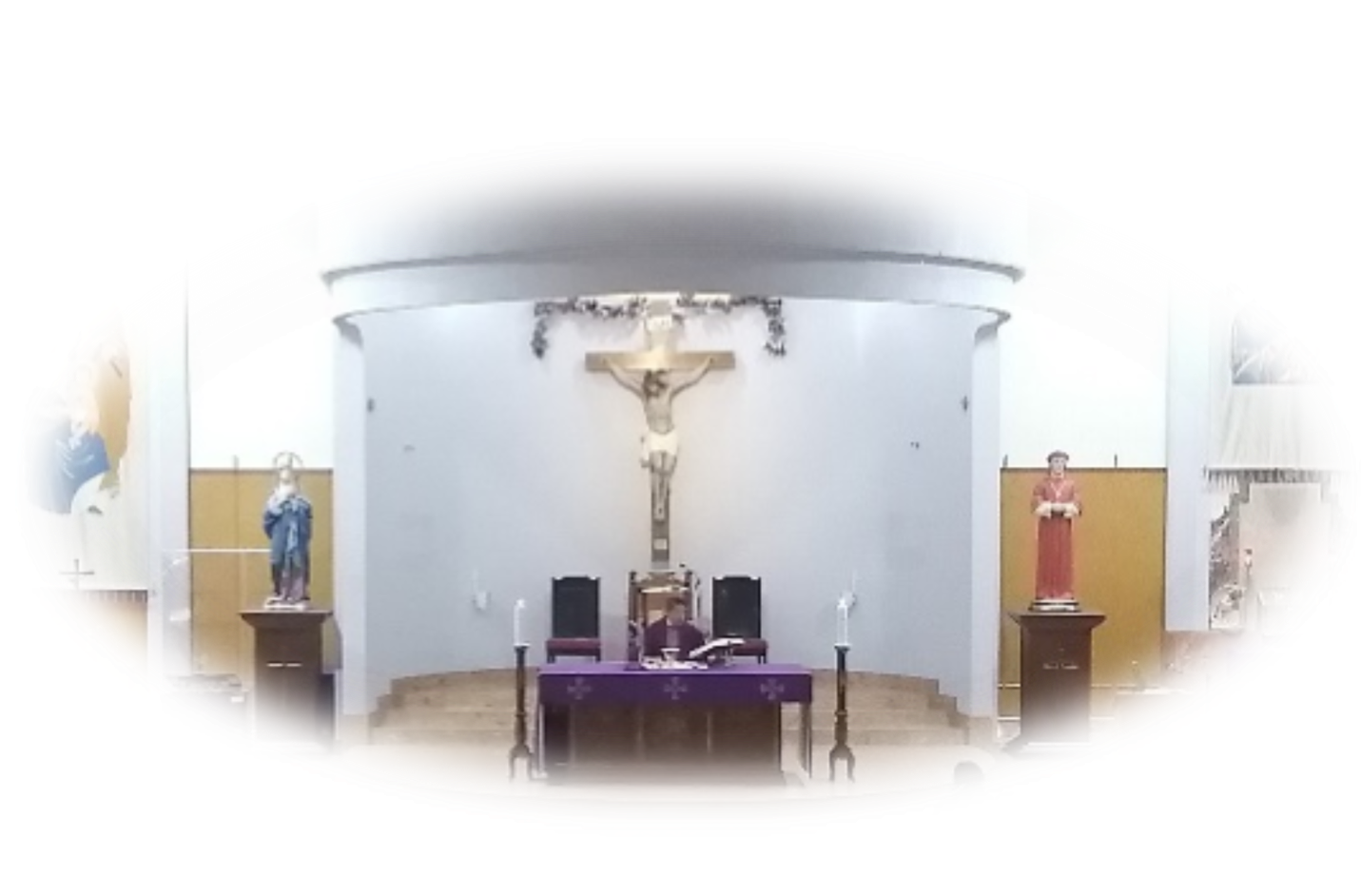- Strona główna
-
Nasza wspólnota
- Archdiocese of Toronto
- Catholic Cemeteries
- Wolontariat
- Dostępność
- Polityka bezpiecznego środowiska
- Pastors Through the Years
- History of St. John Fisher Parish
- Nasza wiara
- Nasze duszpasterstwa
- Życie parafialne
- Biuletyn
- Skontaktuj się z nami
- Wyszukaj

St. Michael's Cathedral: Visible Sign of the Faith
"…the Cathedral Church belongs properly to no particular parish, but that it is the Mother Church of the whole Diocese, such a temple should be built in a manner and style suitable to the Greatness and Majesty of Our Holy Religion."
- Bishop Michael Power, First Bishop of Diocese of Toronto
One of Toronto's first Roman Catholic churches, St. Michael's Cathedral, was designed by architect William Thomas in the Gothic Revival style.
St. Michael's Cathedral has been a visible sign of our faith for 160 years. It was built to be far more than just a permanent seat for the bishop. It is a testament to the faith of the people and a powerful reminder of the presence of the Catholic community in Toronto. It is not just another parish church. It is the centre and focus of worship for the entire Archdiocese of Toronto. It reflects the sacrifices and struggles of those faithful Catholic pioneers who are laid to rest in its very foundations.
St. Michael's Cathedral remains a powerful symbol for many Catholics today. The restoration project that has covered it in scaffolding and dusk for several years is not only a reflection of the vision of our current archbishop, Cardinal Thomas Collins. It is also a testament that St. Michael's Cathedral remains a living and vibrant presence of the Catholic faith; a presence that is revealed in the cathedral's art, which is meant to inspire and teach the faith we hold so dear.
The cathedral is open 12 hours a day and has many visitors. They find a welcoming place where they can rest and find some peace. The artwork, statuary and decorative elements encourage and uplift the hearts of many and for some of the poor parishioners, it is the only place they have that offers comfort and beauty.
By its very nature, art inspires and teaches. Much of the art in the cathedral is initiated by the faith of the people. Inspired by their love of God, they contribute to the beauty of this sacred place by donating sacred images and furnishings in thanksgiving for what they have received or in memory of a loved one. Not only does this honour God and the person who was important to them, the artwork itself inspires others and teaches the faith to the next generation.
A church is more than just a collection of bricks and mortar. Its art and decoration should speak of our love of God, from whom all the gifts of creation flow. The stained glass windows, the statuary, the paintings and the furnishings should instruct and inspire us in the many ways of living our Christian life. A church building is a visible sign of faith, a place where our history as God's people is honoured and where our present Christian story is told.
The decision to restore the cathedral was made by His Grace, Archbishop Collins (now Cardinal Collins), who blessed the construction site on May 25, 2011.
Unfortunately, much of the old décor and appointments were unsalvagable. Years of use made their repair impossible. The altar, ambo, tabernacle table and baptismal font, literally fell apart when moved for protection. Sacred vessels, such as historical chalices and a ciborium given to Bishop Charbonnel, a thurible, processional crosses, a sanctuary lamp and candle stands were badly tarnished, dented and in need of repair and refinishing. The monstrance, which dates back to the 1850s, was very fragile and needed extensive work.
The sanctuary chairs needed repair and re-upholstering, as well as the credence tables, servers stools and wooden lecterns. The sheer volume of restoration that these sacred and historical vessels needed made the task of renewal and refinishing a daunting one.
The faithful in Toronto are excited about the possibilities that the restored cathedral offers us all as we try to enhance the faith of all those who visit this sacred and historic place seeking God for many years to come.
"… Beauty speaks to us and leads us beyond, into something profound. This is why it is important that the Cathedral be beautiful in art, architecture and music."
- His Eminence Thomas Cardinal Collins, Archbishop of Toronto
